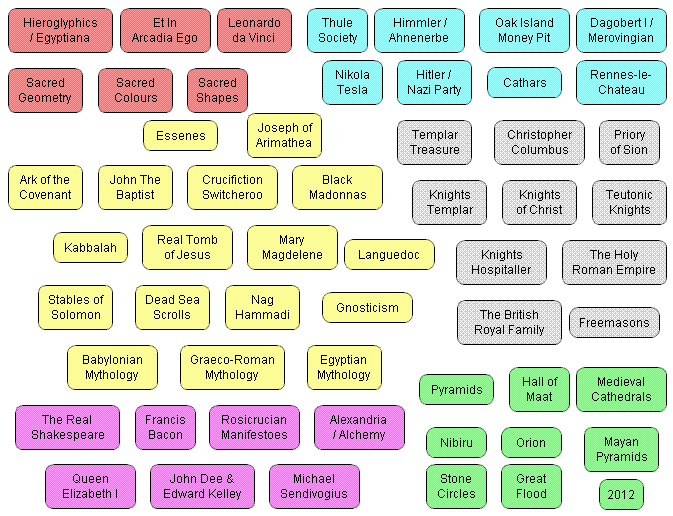Voynich researchers often laugh about “dain daiin”, a curious text pattern that often crops up in the Voynich Manuscript’s strange text. But I’ve just noticed an (arguably) even stranger pattern on lines 20 and 21 of page f42r:-
shol chol shoky okol sho chol shol chal
shol chol chol shol ctaiin shos odan
Here, it’s as though Voynichese itself is breaking down while trying to express some awkward low-level concept. If these two lines run on (as you’d expect), the mid-sequence runs “sho chol shol chal shol chol chol shol“. Sorry, but I really don’t buy into the idea that something as artificially structured as this could ever be some kind of repetitive pidgin or Hawaiian-style language (as those in the Voynich linguist camp would suggest): rather, these “words” more closelt resemble machine burblings, the output of some kind of proto-algorithmic process.
To my eyes, there’s a kind of elegant quasi-numerical symmetry to this, as if “sho[l] chol shol / chal / shol chol chol shol” is verbosely enciphering “X I X / or / X I I X“. Might these indeed be heavily enciphered Roman numerals?
I haven’t looked for this beyond f42r, but please leave a comment here if you find further examples elsewhere in the VMs! 🙂
Incidentally, the raw instance counts for chol /shol etc together with a rough percentage (showing how far against raw chance the combination occurs) are:-
- chol – 780 –> 250%
- chor – 501 –> 325%
- shol – 278 –> 216%
- shor – 152 –> 239%
- char – 156 –> 87.5%
- chal – 120 –> 70.6%
- shar – 47 –> 64.1%
- shal – 28 –> 40.1%
That is, if “ch” (5.66%) and “ol” (2.92%) sppeared randomly throughout the VMs, “chol” ought to appear roughly 311 times, whereas it actually appears 780 times – hence 780/311 = 250%. That is, the “chol / chor / shol / shor” set is 2.16x to 3.25x more likely than chance to appear, whereas the “chal / char / shal / shar” set are all less likely than chance to appear.
